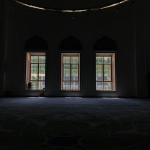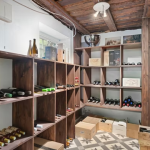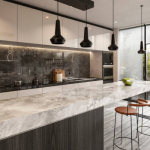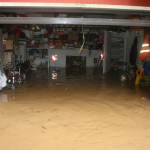Everything You Need to Know About Herringbone Floor Tile
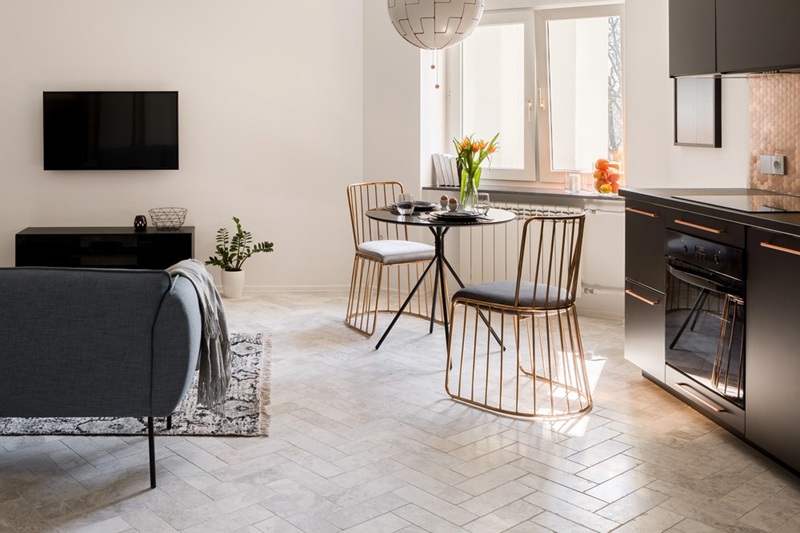
Plan and design for heringbone tiles
Heringbone tiles add movement without high contrast, which is why they suit both renovated terraces and new builds across Australia. Keep design honest and practical. Decide the main sight line from the doorway, choose formats that fit the room, and lock in a palette that hides daily dust. Good planning keeps the zigzag crisp and cleaning simple all year.
Choose sizes that suit the room
Slim rectangles such as 70 by 280 or 75 by 300 make a sharper zigzag and keep cuts generous. Larger planks suit open rooms only when the subfloor is very flat and well prepared.
Colour and grout that age well
Mid tones hide footprints better than very light or very dark choices. Match grout to the background for a calm read, or use gentle contrast only if you want the zigzag to stand out.
Align the pattern to sight lines
Stand in the main doorway and run the zigzag with the long view. This adds depth in halls and kitchens. Where rooms meet, plan the transition so one continuous line carries through.
Set out and installation basics
A tidy set out is the difference between a composed floor and one that feels messy. Heringbone tiles reward planning because small errors repeat across the field. Use a reliable control line, dry lay tricky spots, and avoid thin slivers at walls or thresholds. Consistent joints and neat thresholds make the whole floor feel professionally finished.
Establish a control line first
Snap a straight chalk line on the main sight line or room centre. Start the first V precisely on that line so the pattern reads straight from the doorway and does not drift later.
Dry lay to avoid skinny cuts
Place several rows without adhesive using the intended spacer size. Check every wall, nib, and doorway. If a future cut will be skinny, shift the pattern by half a tile.
Keep joint width consistent
Follow the brand guidance for joint width and stick to it across the room. With rectified edges you can go finer. Cushioned edges usually look better slightly wider and more forgiving.
Where heringbone tiles work best in Australian homes
The appeal is flexibility. The pattern settles large open plans, lifts narrow corridors, and adds character to small spaces without heavy colour. Choose formats and finishes by room so the tile supports daily tasks. Keep cleaning realistic with mid tone surfaces, sensible grout, and trims that protect edges at doorways, steps, and exposed corners.
Kitchens and dining zones
Heringbone tiles handle spills, chair legs, and hot trays well. Run the zigzag along the long view, keep grout mid tone, and protect edges under island panels with trims that match your hardware.
Bathrooms and laundries
Use slip rated finishes on floors and keep grout close to the tile background for easier cleaning. Plan falls and channel drains before set out so cuts land neatly and water moves to the waste.
Hallways and entries
High traffic needs low care surfaces. Matt porcelain in a mid tone hides dust and wet shoe marks. Align the first V to the entry sight line and carry a grout line through adjoining doors.
Care, budget, and long term maintenance
Great results last because the plan covers cleaning, sealing where needed, and realistic costs. Heringbone tiles are straightforward to live with if you choose sensible products and keep spares. Build a budget that includes trims, adhesives, and waste, then book installation when everything is on site and the subfloor is dry and ready.
Routine cleaning made simple
Sweep or vacuum grit before it scratches, then mop with a pH neutral cleaner and rinse lightly. In kitchens and entries, a quick weekly pass keeps joints fresh and the surface looking new.
Sealing, protection, and repairs
Most porcelains need no sealing. Natural stone usually does. Follow the brand schedule and store spare tiles from the same batch so future repairs match shade and size accurately.
Budget and lead times to expect
List tiles, trims, adhesive, grout, primer, delivery, labour, and waste removal. Add eight to twelve percent waste for simple rooms, more for complex edges. Order early because popular sizes sell quickly.












